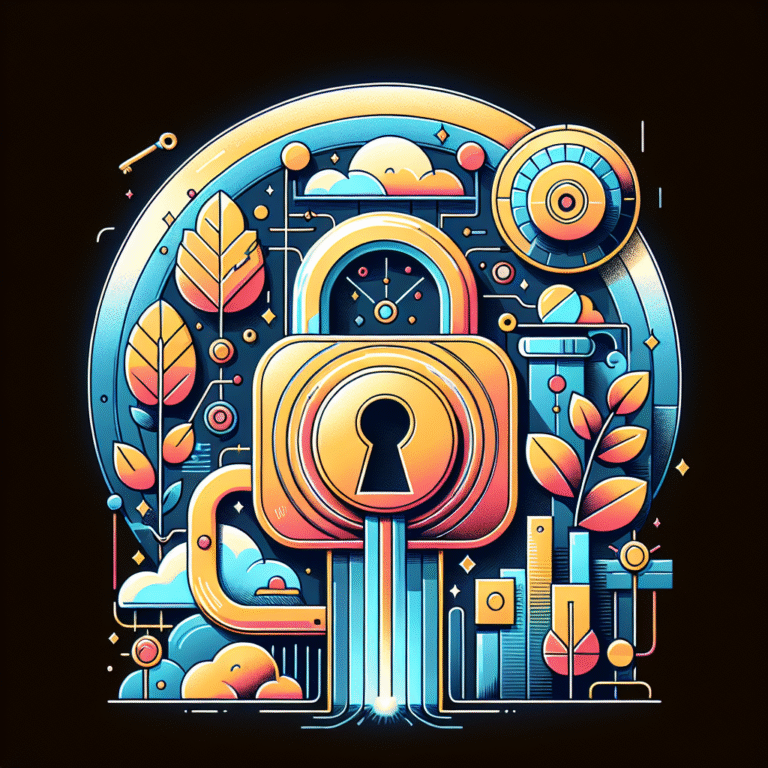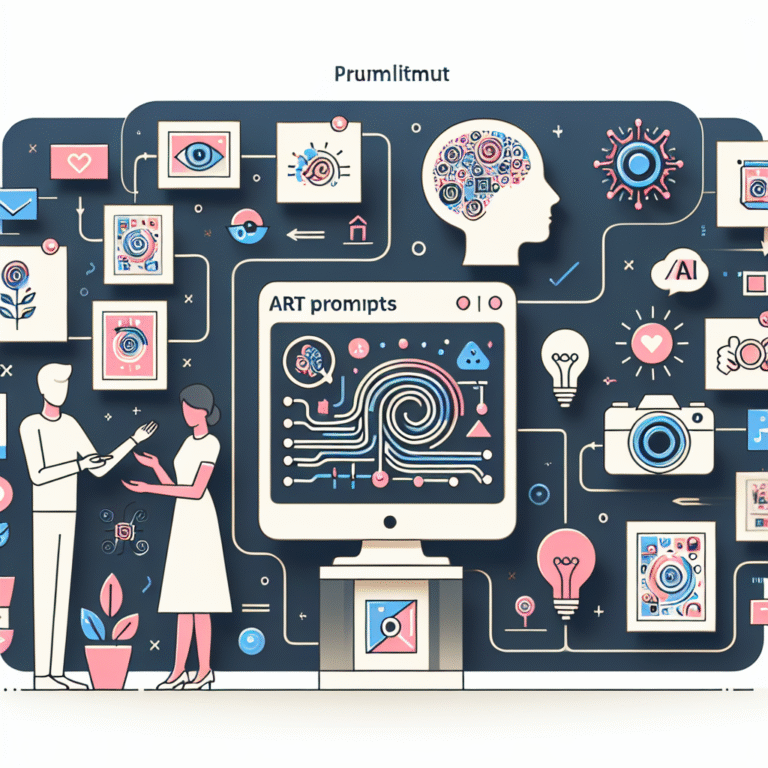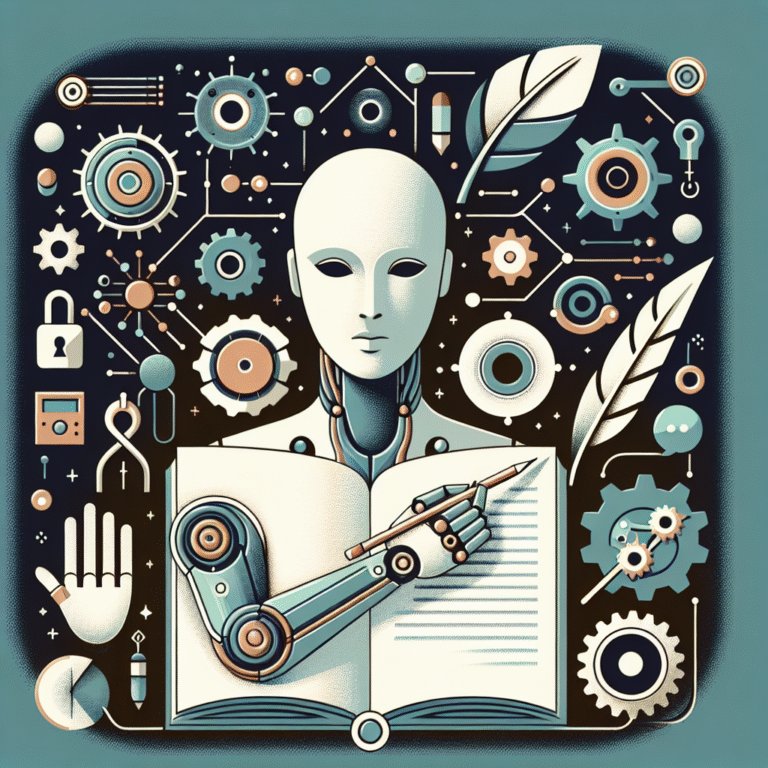ChatGPT Prompts for Beginners: A Comprehensive Guide
p>ChatGPT prompts for beginners are an essential tool for anyone looking to dive into the world of artificial intelligence and natural language processing. ChatGPT, which stands for Chat Generative Pre-trained Transformer, is a state-of-the-art language model developed by OpenAI that allows users to engage in conversational dialogue with the AI. The model is trained on a massive dataset of text from various sources, including books, articles, and online conversations, and can generate human-like responses to a wide range of questions and topics. For beginners, understanding how to craft effective ChatGPT prompts is crucial for unlocking the full potential of this powerful tool. In this article, we will explore the basics of ChatGPT prompts, provide tips and tricks for crafting effective prompts, and discuss various applications and use cases for ChatGPT. Whether you are a student, researcher, or simply a curious individual looking to explore the capabilities of AI, this guide will provide you with a comprehensive introduction to ChatGPT prompts and help you get started on your journey into the world of conversational AI.<<
Understanding ChatGPT Prompts
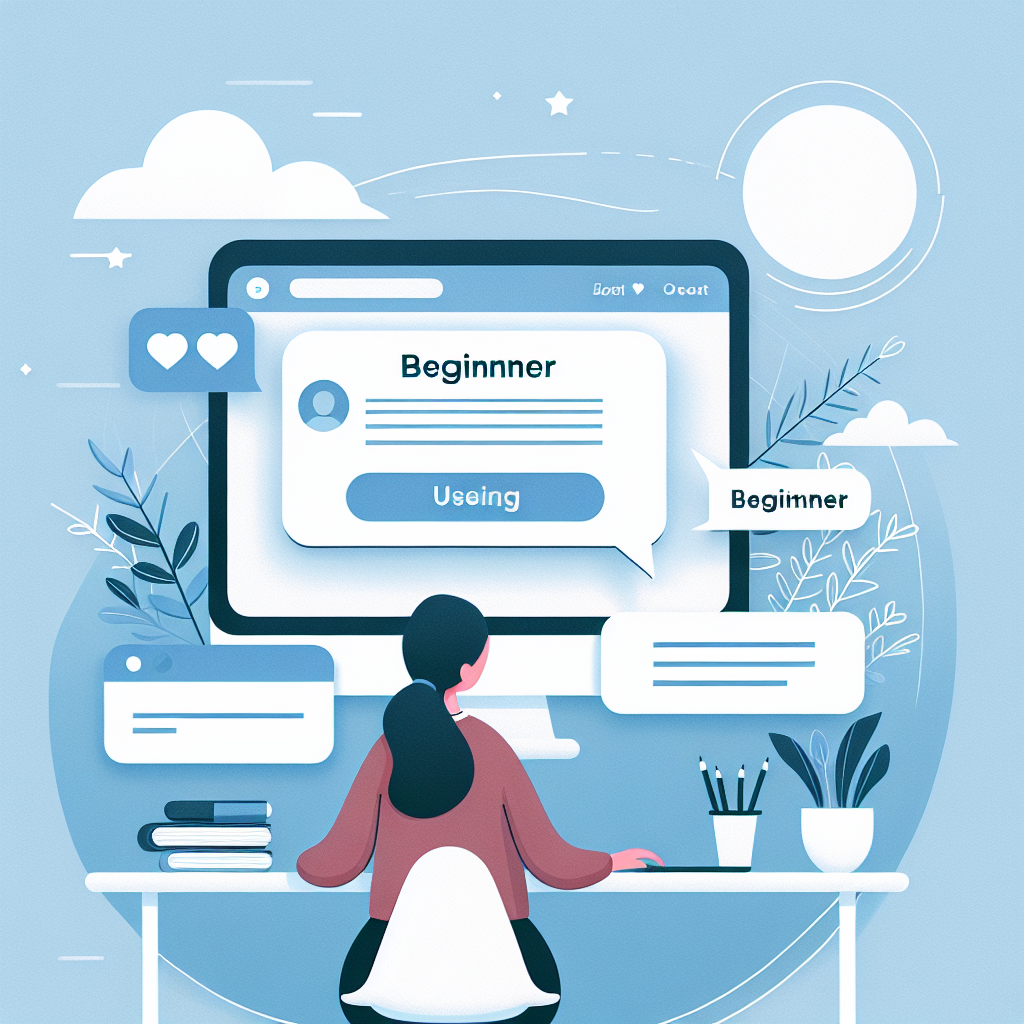 <<
<<
A ChatGPT prompt is essentially a question or statement that is input into the ChatGPT model, which then generates a response based on its training data. The quality of the prompt is crucial in determining the quality of the response, as a well-crafted prompt can elicit a more accurate and relevant response from the model. There are several key characteristics of effective ChatGPT prompts, including clarity, specificity, and relevance. A clear prompt is one that is easy to understand and provides the model with a clear direction for its response. A specific prompt is one that provides enough detail and context for the model to generate a precise and accurate response. Finally, a relevant prompt is one that is aligned with the model’s training data and capabilities, and is likely to elicit a response that is relevant and useful. By understanding these characteristics, beginners can craft effective ChatGPT prompts that unlock the full potential of the model.<<
Crafting Effective Prompts
<<
Crafting effective ChatGPT prompts requires a combination of creativity, critical thinking, and attention to detail. One approach to crafting effective prompts is to start with a clear and specific question or statement, and then refine it through a process of iteration and feedback. For example, if you are looking to use ChatGPT to generate a short story, you might start with a prompt like “Write a short story about a character who discovers a hidden world.” You could then refine this prompt by adding more detail and context, such as “Write a short story about a young girl who discovers a hidden world of magical creatures.” By providing more detail and context, you can help the model generate a more accurate and relevant response. Another approach to crafting effective prompts is to use a combination of natural language and specific keywords or phrases. For example, if you are looking to use ChatGPT to generate a technical report, you might use a prompt like “Write a technical report on the applications of artificial intelligence in healthcare, including a discussion of machine learning algorithms and natural language processing.” By using specific keywords and phrases, you can help the model generate a response that is relevant and accurate.<<
Applications and Use Cases for ChatGPT
 <<
<<
ChatGPT has a wide range of applications and use cases, from creative writing and language translation to technical reporting and research. One of the most exciting applications of ChatGPT is in the field of creative writing, where the model can be used to generate short stories, poetry, and even entire novels. For example, you could use ChatGPT to generate a short story about a character who discovers a hidden world, or to write a poem about a particular theme or topic. Another application of ChatGPT is in the field of language translation, where the model can be used to translate text from one language to another. For example, you could use ChatGPT to translate a document from English to Spanish, or to generate a translation of a particular phrase or sentence. ChatGPT can also be used for technical reporting and research, where the model can be used to generate reports on a wide range of topics, from science and technology to business and economics. For example, you could use ChatGPT to generate a report on the applications of artificial intelligence in healthcare, or to write a research paper on a particular topic or theme.<<
Real-World Examples and Case Studies
<<
There are many real-world examples and case studies of ChatGPT in action, from creative writing and language translation to technical reporting and research. One example is the use of ChatGPT by authors and writers to generate ideas and inspiration for their work. For example, the author of a science fiction novel might use ChatGPT to generate ideas for characters, plot twists, and world-building. Another example is the use of ChatGPT by language learners to practice their language skills and generate text in a foreign language. For example, a language learner might use ChatGPT to generate a conversation in Spanish, or to write a short story in French. ChatGPT can also be used by researchers and academics to generate reports and research papers on a wide range of topics. For example, a researcher might use ChatGPT to generate a report on the applications of machine learning in healthcare, or to write a research paper on the topic of natural language processing.<<
Step-by-Step Guide to Using ChatGPT
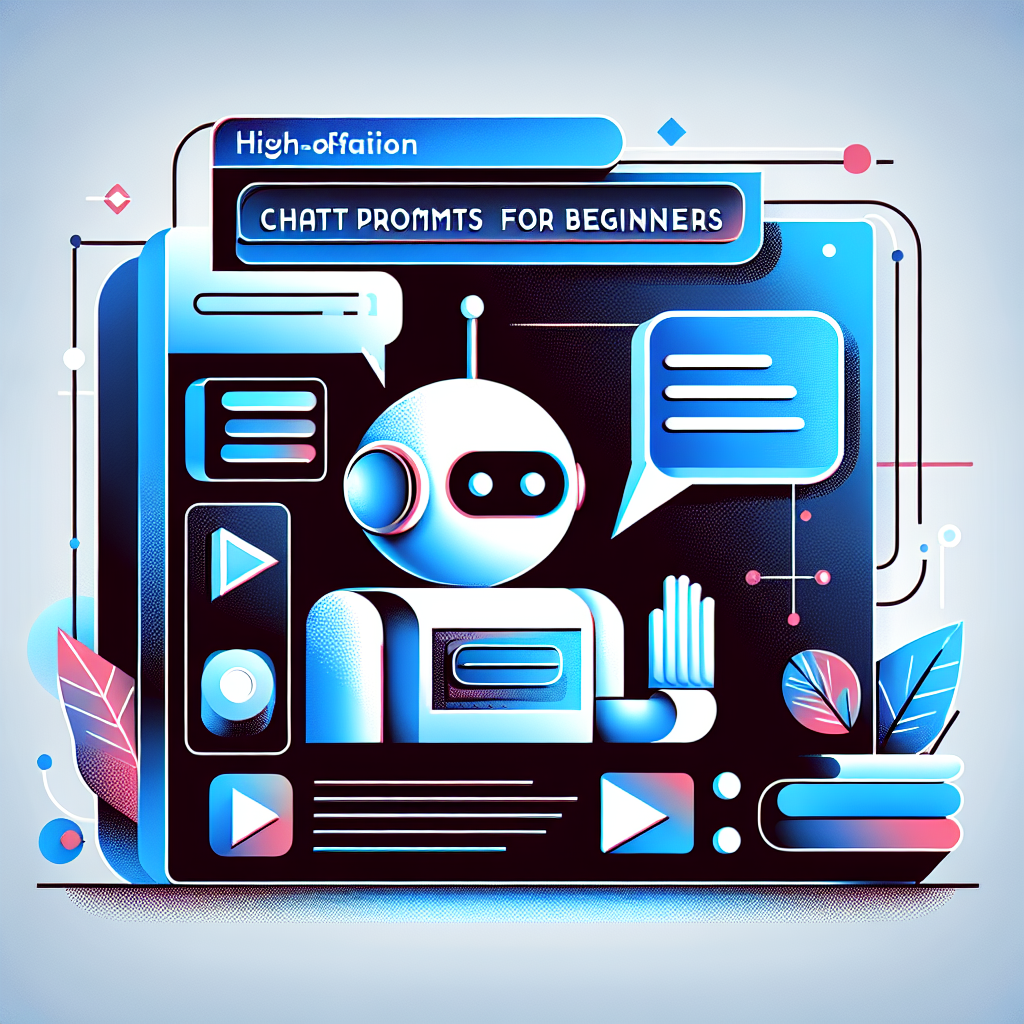 <<
<<
Using ChatGPT is a straightforward process that requires minimal technical expertise. The first step is to access the ChatGPT model, which can be done through a web interface or API. Once you have accessed the model, you can input your prompt and generate a response. The response will be based on the model’s training data and will reflect the quality of your prompt. To get the most out of ChatGPT, it’s essential to craft effective prompts that are clear, specific, and relevant. You can refine your prompts through a process of iteration and feedback, using the model’s responses to guide your refinement. Another key step is to provide context and feedback to the model, which can help improve the accuracy and relevance of its responses. For example, you might provide additional information or clarification on a particular topic, or offer feedback on the model’s responses to help it learn and improve.<<
Tips and Tricks for Getting the Most Out of ChatGPT
<<
There are several tips and tricks for getting the most out of ChatGPT, from crafting effective prompts to providing context and feedback. One tip is to start with a clear and specific prompt, and then refine it through a process of iteration and feedback. Another tip is to use a combination of natural language and specific keywords or phrases, which can help the model generate a response that is relevant and accurate. It’s also essential to provide context and feedback to the model, which can help improve the accuracy and relevance of its responses. For example, you might provide additional information or clarification on a particular topic, or offer feedback on the model’s responses to help it learn and improve. Finally, it’s essential to be patient and persistent when working with ChatGPT, as the model may require multiple iterations and refinements to generate a response that meets your needs.<<
Conclusion and Future Directions
<<
In conclusion, ChatGPT prompts for beginners are a powerful tool for unlocking the potential of conversational AI. By understanding the basics of ChatGPT prompts, crafting effective prompts, and providing context and feedback, beginners can harness the power of ChatGPT to generate high-quality responses to a wide range of questions and topics. The applications and use cases for ChatGPT are vast and varied, from creative writing and language translation to technical reporting and research. As the model continues to evolve and improve, we can expect to see even more exciting applications and use cases emerge. For example, ChatGPT could be used to generate personalized educational content, or to provide language support for individuals with disabilities. The future of ChatGPT is bright, and beginners who start exploring the model now will be well-positioned to take advantage of its many benefits and applications. Whether you are a student, researcher, or simply a curious individual, ChatGPT is an essential tool for anyone looking to explore the capabilities of conversational AI and unlock the full potential of this powerful technology.<<
As we look to the future, it’s essential to consider the potential risks and challenges associated with ChatGPT, from bias and accuracy to privacy and security. For example, the model may reflect biases present in its training data, which could result in inaccurate or unfair responses. Additionally, the model may be vulnerable to attacks or exploits, which could compromise its security and integrity. To address these risks and challenges, it’s essential to develop and implement robust safeguards and guidelines for the use of ChatGPT, such as data validation and verification protocols, as well as clear policies and procedures for addressing bias and accuracy issues. By working together to address these challenges, we can ensure that ChatGPT is used in a responsible and beneficial way, and that its many benefits are realized for the benefit of all.<<
In addition to its many benefits, ChatGPT also has the potential to revolutionize the way we approach education and learning. For example, the model could be used to generate personalized educational content, such as customized lesson plans and study materials. This could help students learn more effectively and efficiently, and could also provide teachers with valuable insights and tools for improving their instructional practices. Another potential application of ChatGPT in education is the use of the model to provide language support for non-native speakers, or to help students with disabilities. By providing these kinds of supports and accommodations, ChatGPT could help level the playing field and ensure that all students have equal access to educational opportunities.<<
Finally, it’s worth noting that ChatGPT is just one example of a broader class of conversational AI models, which are being developed and deployed in a wide range of contexts and applications. As these models continue to evolve and improve, we can expect to see even more exciting innovations and breakthroughs in the field of conversational AI. For example, future models may be able to engage in more nuanced and sophisticated conversations, or to generate even more accurate and relevant responses. Additionally, future models may be able to integrate with other technologies, such as virtual reality or augmented reality, to create even more immersive and interactive experiences. The possibilities are endless, and it’s exciting to think about what the future may hold for conversational AI and its many applications.

